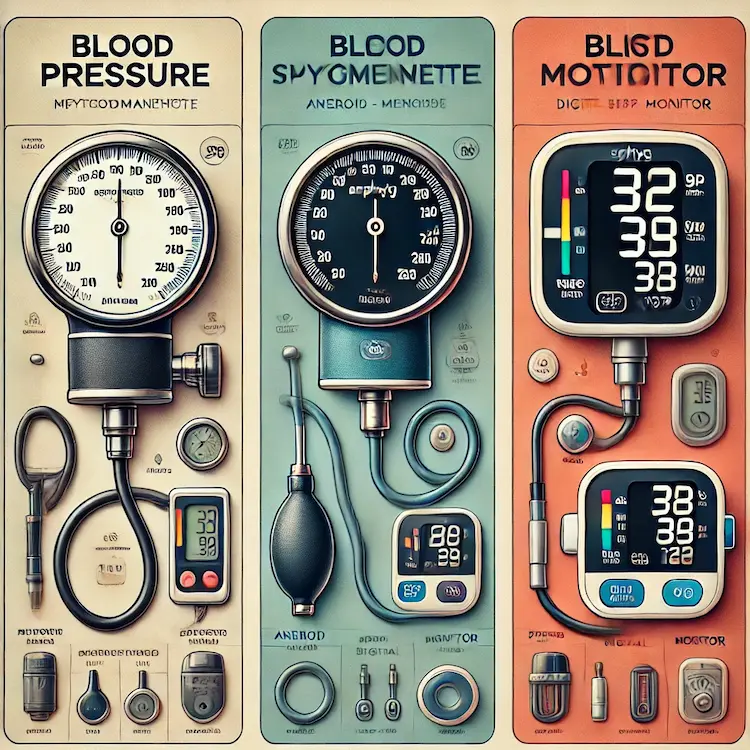High blood pressure during pregnancy is a serious health concern that can lead to complications for both the mother and baby. Managing it effectively is crucial for a healthy pregnancy, and innovative solutions like Sphyg provide reliable monitoring and control. This article explores the impact of high blood pressure in pregnancy, its implications for The Philippines, and the role of blood pressure monitors in ensuring maternal well-being.
Understanding High Blood Pressure in Pregnancy
Why It Matters
High blood pressure, or hypertension, affects up to 10% of pregnancies worldwide. If left untreated, it can lead to serious complications, including preeclampsia, premature birth, and organ damage. According to The Philippines’ Department of Health (DOH), hypertensive disorders rank among the leading causes of maternal deaths in the country.

Types of Hypertension in Pregnancy
- Chronic Hypertension – High blood pressure diagnosed before pregnancy or before 20 weeks.
- Gestational Hypertension – High blood pressure that develops after 20 weeks without protein in the urine.
- Preeclampsia – A severe condition with high blood pressure and protein in the urine, affecting multiple organs.
- Eclampsia – A progression of preeclampsia that leads to seizures, which can be fatal if untreated.
The Societal and Health Impact in The Philippines
Maternal and Infant Health Risks
- Complications: Preeclampsia is responsible for 15% of preterm births globally.
- Maternal Mortality: The maternal mortality rate (MMR) in The Philippines is 121 per 100,000 live births, with hypertensive disorders as a significant contributor.
- Economic Strain: Hospitalization and medical interventions due to pregnancy-related hypertension increase healthcare costs for families.
Cultural and Economic Factors
- Many Filipinos rely on public healthcare, where access to advanced prenatal care is limited.
- Traditional medicine is still commonly used, sometimes delaying medical intervention.
- There is a growing awareness of home blood pressure monitoring, especially in urban areas where technology is more accessible.
Managing High Blood Pressure with Sphyg Blood Pressure Monitors
Why Choose Sphyg?
Sphyg offers clinically proven and globally trusted blood pressure monitoring solutions, ensuring accuracy and ease of use for pregnant women.
Comparison of Blood Pressure Monitoring Methods
| Method |
Pros |
Cons |
| Mercury Sphygmomanometer |
Highly accurate, used by professionals |
Requires training, environmental concerns |
| Aneroid Sphygmomanometer |
No mercury risk, portable |
Needs manual calibration, less user-friendly |
| Oscillometric Digital Monitors (Sphyg) |
Easy to use, automatic readings, memory storage |
Slightly less accurate in irregular heartbeats |

Sphyg digital monitors are ideal for pregnant women, as they provide accurate, user-friendly, and consistent readings without professional assistance.
How to Manage High Blood Pressure During Pregnancy
Regular Monitoring with Sphyg
- Check blood pressure twice daily (morning and evening).
- Use an arm cuff of the correct size for accurate readings.
- Maintain a BP log to track trends and share with healthcare providers.
Lifestyle Adjustments
- Dietary Changes: Consume low-sodium, high-fiber, potassium-rich foods like bananas and leafy greens.
- Hydration: Drink 8–10 glasses of water daily to maintain blood circulation.
- Exercise: Engage in low-impact activities like walking or prenatal yoga.
- Stress Management: Practice breathing exercises, meditation, and sufficient sleep.
Medical Interventions
- Prescribed Medications: Some antihypertensive drugs, like methyldopa and labetalol, are considered safe.
- Frequent Checkups: Consult an OB-GYN regularly to prevent complications.
- Hospitalization for Severe Cases: If symptoms of preeclampsia or eclampsia appear, immediate hospitalization is necessary.
The Future of Blood Pressure Management in Pregnancy in The Philippines
With increasing access to digital health solutions, more Filipino mothers are embracing home monitoring devices like Sphyg. Telemedicine and mobile health applications are also improving maternal health outcomes. However, government initiatives and public awareness campaigns are needed to make hypertension management a national priority.
Conclusion
High blood pressure during pregnancy is a serious concern, but with proper monitoring, lifestyle changes, and medical support, complications can be minimized. Sphyg blood pressure monitors offer a convenient and effective solution for expectant mothers, ensuring better maternal and infant health outcomes in The Philippines.
Key Takeaways
- Hypertension in pregnancy affects 10% of pregnancies and is a major cause of maternal deaths in The Philippines.
- Regular blood pressure monitoring with Sphyg digital monitors helps in early detection and management.
- Lifestyle changes, such as a healthy diet, exercise, and stress reduction, are essential for managing high blood pressure.
- Medical interventions, including prescribed medications and regular checkups, are necessary for high-risk pregnancies.
- Public awareness and access to digital health solutions are improving maternal health in The Philippines.
Actionable Recommendations
- Pregnant women should monitor their BP daily with an accurate device like Sphyg.
- Healthcare providers should educate expecting mothers on risk factors and management strategies.
- The government should promote blood pressure screening programs for better maternal health outcomes.

